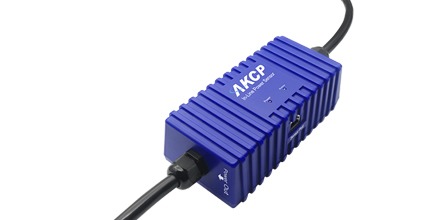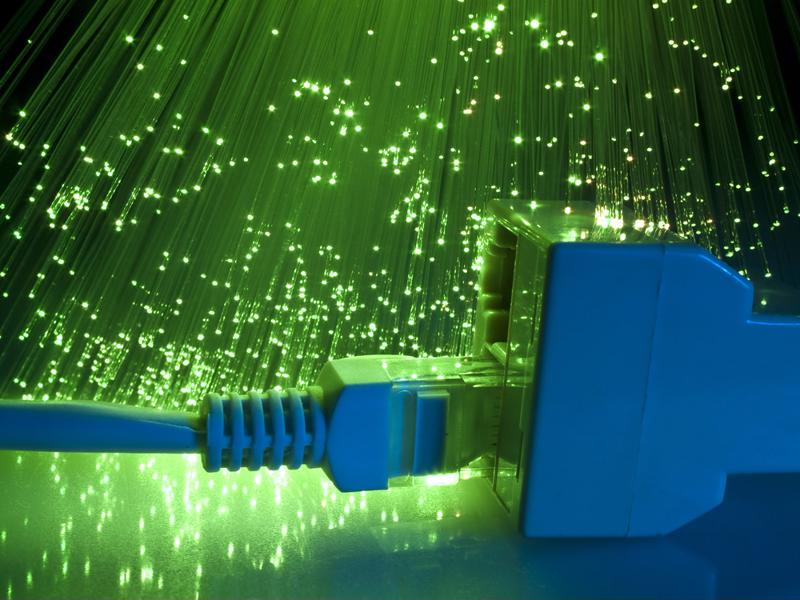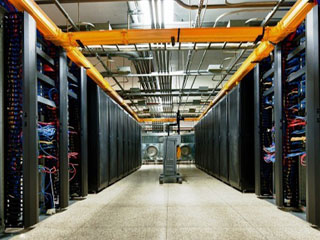The migration of enterprise-owned IT equipment to cloud and colocation data centers, along with the rise of edge sites, has underscored the importance of power control and monitoring for remote IT infrastructure. In this blog, we explore the significance of remote power monitoring, its benefits, and essential features to consider for efficient management of remote sites.
Importance Of Remote Power Monitoring
As enterprises expand their operations to unmanned edge data centers and remote sites, the need to monitor power and perform remote reboots has become crucial. The implementation of intelligent PDUs with power monitoring capabilities offers a cost-effective and time-saving solution for technicians.

Photo Credit: www.ecomena.org
Benefits of Remote Power Monitoring
Remote power monitoring offers numerous benefits for data centers, making it a crucial aspect of modern IT infrastructure management. By providing real-time insights into power consumption, distribution, and equipment status, remote power monitoring enhances operational efficiency and reduces downtime. Some key benefits include:
- Improved Reliability: Monitoring power parameters remotely ensures early detection of potential issues, allowing prompt actions to prevent system failures and costly downtime.
- Enhanced Efficiency: Data center operators can optimize power usage and distribution, identifying underutilized resources and reallocating power to meet changing demands.
- Cost Savings: By tracking power consumption and identifying energy inefficiencies, data centers can reduce electricity wastage and subsequently lower operating costs.
- Proactive Maintenance: Remote power monitoring facilitates predictive maintenance, as it allows operators to monitor the health of equipment and identify signs of potential failures before they occur.
- Simplified Management: Centralized monitoring through a single interface streamlines data center management, enabling operators to control power resources efficiently.
- Environmental Sustainability: With insights into energy usage, data centers can implement greener practices and minimize their carbon footprint.
- Check available power capacity and plan how it can be allocated.
Key Features of Remote Power Monitoring
Remote power monitoring systems come equipped with several key features that provide data center operators with comprehensive control and insights into their power infrastructure. These features are instrumental in ensuring efficient power management and minimizing downtime.
- Real-time Monitoring: Power monitoring systems continuously gather and display real-time data on power consumption, voltage, current, and energy usage for each connected device or outlet.
- Outlet-level Control: The ability to control individual outlets remotely allows operators to perform power cycling, turn devices on/off, and prevent unnecessary power consumption, providing flexibility and efficiency.
- Alarms and Alerts: Automated alerts and notifications promptly inform operators of power anomalies, potential failures, or overloads, enabling quick responses and proactive maintenance.
- Historical Data and Reporting: Remote power monitoring systems store historical data, allowing operators to analyze trends, identify patterns, and make informed decisions to optimize power distribution.
- Environmental Monitoring: Some systems also integrate environmental sensors to monitor temperature, humidity, and other parameters, aiding in maintaining optimal conditions for equipment performance.
- Secure Access and Authentication: Robust security features, such as role-based access and integration with authentication systems, ensure authorized personnel can control power remotely while protecting against unauthorized access.
These key features of remote power monitoring empower data center operators with precise control, enhanced visibility, and proactive management, ultimately leading to increased reliability and optimized power utilization.
Additional Features Of Remote Power Monitoring
In addition to the core features, several additional features can further enhance the capabilities of remote power monitoring systems, making them even more valuable for data center management.
- Energy Cost Monitoring: Including features to calculate and display energy costs based on power consumption data allows data center operators to better understand and optimize their energy expenses.
- Power Quality Monitoring: Monitoring power quality metrics, such as voltage fluctuations and harmonic distortions, helps detect potential issues that may impact equipment performance and reliability.
- Predictive Analytics: Advanced systems with predictive analytics capabilities can analyze historical data and patterns to forecast potential power-related problems, enabling proactive actions to prevent downtime.
- Remote Power Scheduling: The ability to set automated power schedules for specific outlets or devices helps improve energy efficiency by powering on or off equipment as needed.
- Mobile App Support: Integration with mobile applications enables remote monitoring and control from smartphones and tablets, facilitating quick responses even when off-site.
- Integration with DCIM: Seamless integration with Data Center Infrastructure Management (DCIM) systems streamlines data center operations by centralizing power management along with other infrastructure monitoring functions.
By considering these additional features, data center operators can create a comprehensive remote power monitoring solution tailored to their specific needs, ensuring optimal performance, increased efficiency, and minimized downtime.
Adding Intelligence to your Existing PDU
Many intelligent PDU’s are an expensive solution, and retrofitting a costly exercise. For those with existing PDU’s who wish to add monitoring and remote control, the AKCP in-line power meter (ILPM) is ideal.

Why Select AKCP Remote Power Monitoring?
Managing power at the rack level gives you the information you need to optimize your site’s space, power, and cooling utilization. AKCP experienced sales and application engineering teams will work with you to understand your needs and recommend the greatest solution for your application.
Conclusion
Incorporating an intelligent rack PDU with remote power control capabilities is crucial for managing remote IT equipment effectively. Remote power monitoring simplifies troubleshooting, prevents unauthorized access to power, and facilitates efficient remote reboots, making it an essential component of power management for enterprises and laboratories alike. Consider AKCP’s cost-effective solutions to optimize power, cooling utilization, and overall data center performance.
Reference Links:
https://datacenterfrontier.com/wp-content/uploads/2020/09/REMOTE_MANAGEMENT_OF_DC_POWER.pdf
https://www.dnsstuff.com/data-center-monitoring-systems
https://monnit.blob.core.windows.net/site/documents/whitepapers/MWP006-Data-Center-Whitepaper.pdf
https://www.rfcode.com/data-driven-data-center/bid/309767/efficient-data-center-power-monitoring-made-easy
https://www.sunbirddcim.com/product/data-center-power-management




